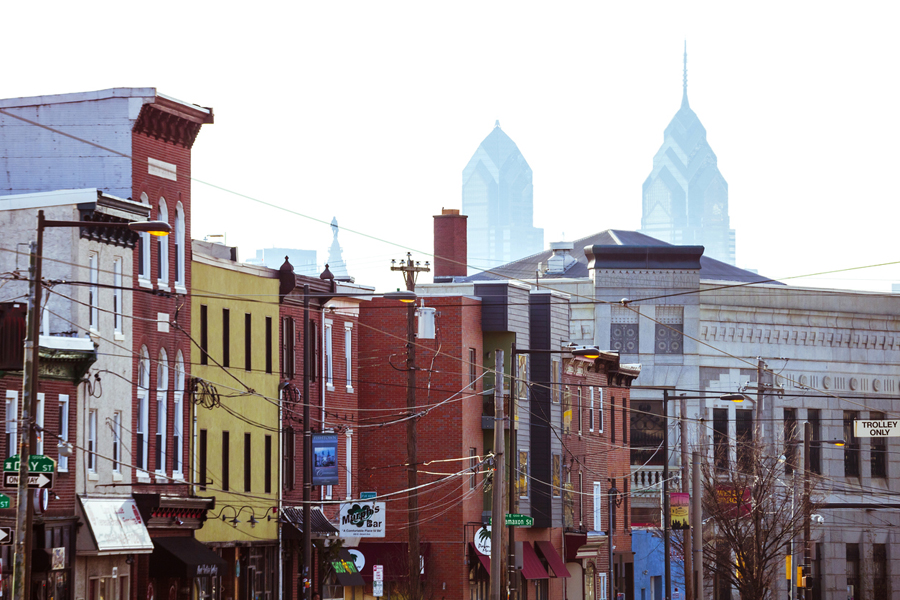Philly’s Poverty Rate Is the Highest Among U.S. Big Cities
We look at important takeaways from Pew’s new report on Philadelphia’s poor.
Pew Charitable Trusts’ Philadelphia Research Initiative released the findings of a new report on Wednesday that examined, in detail, our city’s poor. At 25.7 percent, Philadelphia’s poverty rate ranks the highest among the country’s top 10 largest cities, even as we slide down that list.
The nonprofit, nonpartisan think tank’s study focuses on both the demographics and geographical positioning of poverty in Philly by analyzing census data from the 10 poorest U.S. cities with at least 350,000 residents and our most populous municipalities. Pew is actually based here, too, so they do have a bit of an investment in this subject, especially as an organization driven to improve public policy through research.
Although it’s been steadily rising since the ’70s, the rate of poverty has remained rather stable in Philadelphia over the past ten years. From 2006 to 2016, that average grew by less than one percentage point (the city did see a sharp fluctuation in the years following the Great Recession, which has since evened out).
As we hope to continue to better understand Philly’s poor in an effort to diminish poverty in the future, here are three important takeaways from Pew’s report:
The “suburbanization” of poverty is relatively nonexistent in this region.
The city is home to only 26 percent of the Greater Philadelphia area’s population, but 51 percent of its citizens living below the poverty line. That gap of 25 percent is the largest disparity for any metropolitan region in the country. Some factors for this phenomenon include Philly’s advantageous public transit system, low cost of living, and the area’s strict land use regulations that limit the development of affordable housing units in the ’burbs.
Poverty is evolving.
Over the past quarter-century or so, poverty in Philadelphia has expanded outward from isolated pockets in North, West and Southwest Philly to where 40 percent of the city’s residents now live within census tracts with poverty rates less than 20 percent. Additionally, the face of poverty is trending toward more Hispanic and working-age adults.
In Philly, nearly 40 percent of all children under 18 live below the poverty line.
This is just a sad fact that serves as a prime example of what’s at stake. For the sake of our city’s youth, we need to come up with a more effective solution to limiting the reach of poverty in this city as much as we can.



